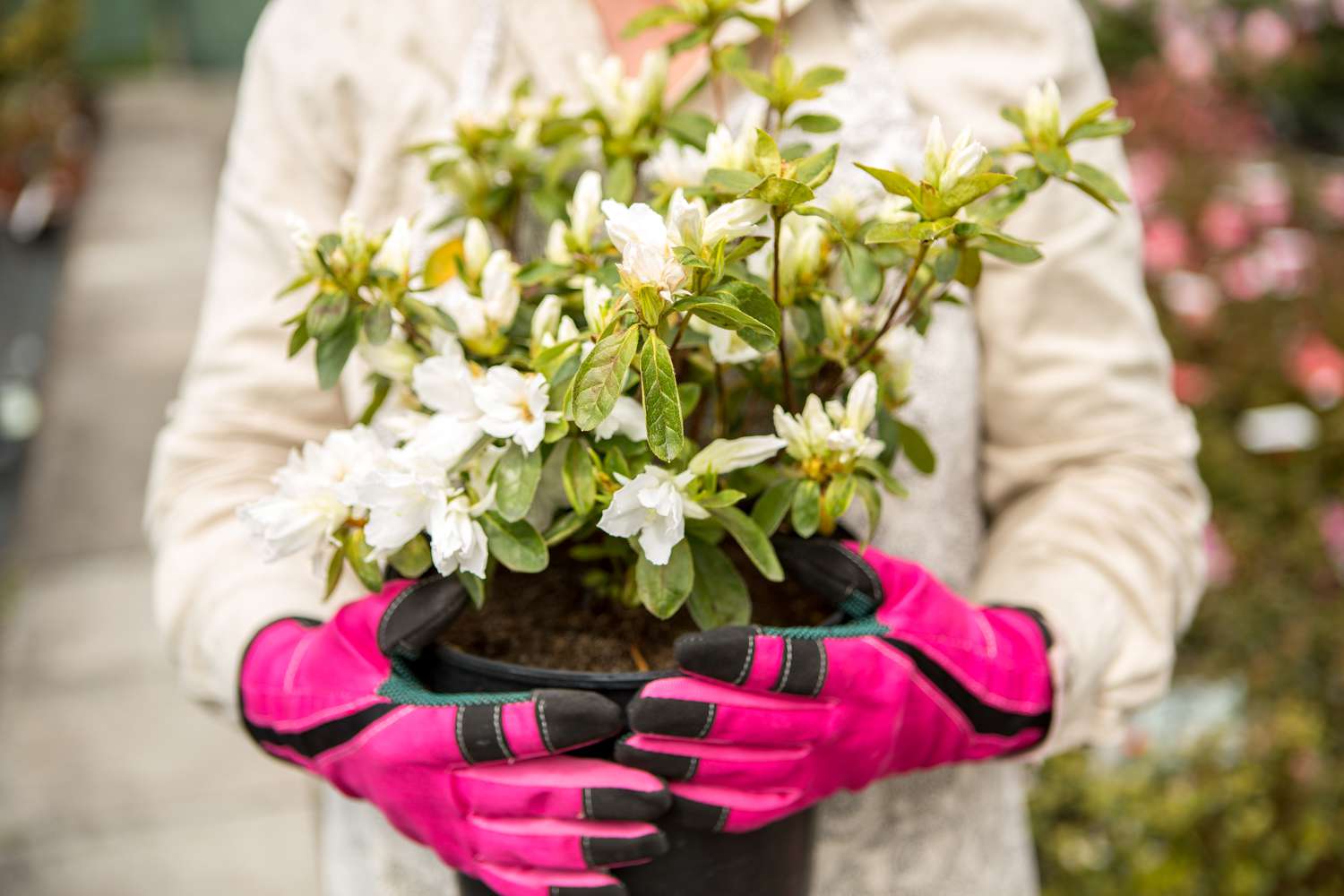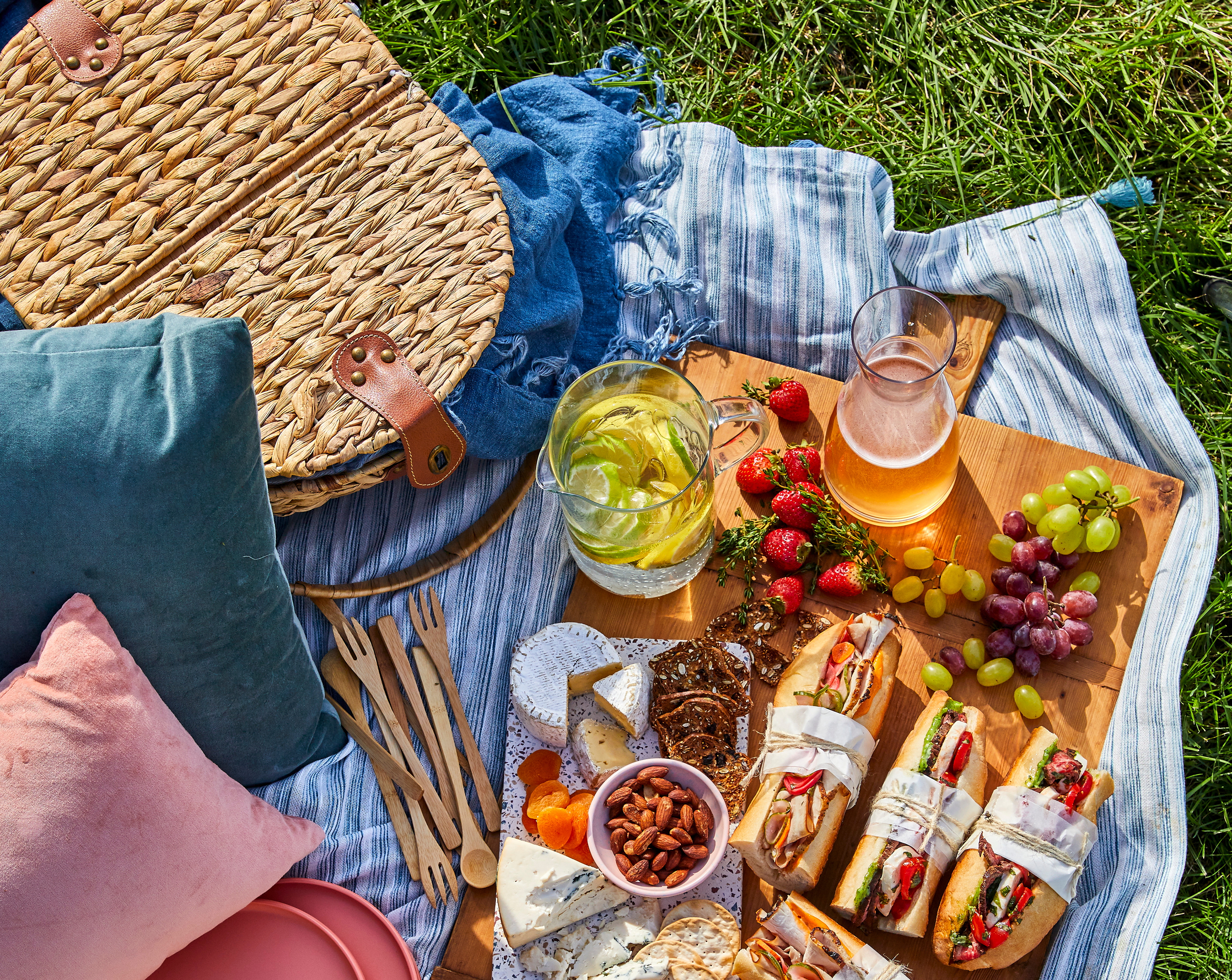
This Bold Decor Trend Is Proof That Grandma Is Always Right
Color drenching has a sister trend on the rise: pattern drenching. This new take on one of the most vintage design elements is maximalism at its finest.
“There’s a certain historical elegance to pattern drenching, especially in the South, where layered rooms with matching wallpapers, fabrics, and trims have long been a hallmark of refined living,” says Texas designer Philip Thomas Vanderford of Studio Thomas James. “But what makes it relevant now is the way designers are reinterpreting it—mixing heritage prints with modern silhouettes, or pairing classic motifs with contemporary art and unexpected color palettes.”
Chintz, toile, stripes, and herringbone can all play well together, but there are some things you should know to avoid a design that clashes. If you’re ready to layer on the pattern, here’s more on this trend.
The Best Place to Explore the Trend
For those new to the concept of pattern drenching, Principal designer Nancy Parrish of Danville, Virginia, recommends trying it out in small, intimate spaces such as bathrooms or bedrooms.
“Working in these manageable spaces allows you to explore your creativity and gain confidence in wielding patterns before tackling larger areas in your home,” she says.
In a bathroom, wallpaper, tiles, shower curtains, and towels are wonderful avenues for incorporating pattern. In bedrooms, Parrish says to take full advantage of printed bed linens and patterned curtains.
Photo: Venjhamin Reyes; Design: Nancy Parrish Interiors
Balance Pattern With Color and Texture
Florida designer Mark Tremblay of Marc-Michaels Interior Design recently launched a wallpaper line with Casamonte, so he’s currently living for the pattern-drenching trend.
One of his biggest tips for bringing out the pattern in a space is to pay attention to texture and color.
“When layering patterns in interior design, the elements of texture and color play a big role in bringing the space to life,” he says. “The key to a successful look lies in balancing these elements, whether you’re aiming for a soft, monochromatic feel or a more dynamic, high-intensity one.”
Tremblay’s clients typically gravitate toward a safer approach to pattern drenching by opting for neutral tones. Since the color is a more subdued element in this case, he often suggests playing up the texture and pattern.
So, for example, in a monochromatic space, you can combine several large-scale patterns in varying textures. The color won’t compete for attention against the business of the other two elements.
Contrast the Pattern Size
On a similar design element note, Parrish suggests having fun with size when pattern drenching.
“Incorporating patterns of varying scales can significantly enhance the visual dynamism of a space,” she says.
For expansive surfaces like walls and drapery, she suggests applying larger prints like bold floral or geometric designs. This will create a striking focal point amid a sea of patterns. To create some contrast, reach for smaller, more intricate motifs for cushions or throws.
“This thoughtful layering of different scales not only adds depth and complexity to the decor but also encourages the eye to wander and explore the entire room, creating an engaging and cohesive environment,” Parrish says.
Pick a Lead Pattern
Vanderford believes the key to successful pattern drenching is practicing a bit of restraint.
“It’s not simply about layering prints, but about creating a cohesive visual envelope that feels deliberate and curated,” he says.
He always advises his clients to select a singular pattern to lead the narrative and then layer in complementary patterns that won’t compete with the main pattern. So, if you opt for a wallpaper with a large block print, go with a more subdued pinstripe pattern for your drapes.
ALISON GOOTEE; Styling by Dakota Willimon
Give Eyes a Place to Rest
Parrish says it’s important to incorporate solid neutral color elements when pursuing this trend to prevent visual overwhelm in a space.
“This can be effectively achieved by using furniture pieces with clean lines and muted colors or by selecting accent walls or trim painted in soft, neutral tones,” she says.
She suggests considering warm white or soft beige paint for your walls if you want to go with lots of patterned upholstery and accessories. “These subdued hues not only provide contrast but also create a calming environment where the eye can rest, balancing the overall aesthetic.”
Additionally, she says to reach for smooth fabrics, like cotton or linen, for cushions and throws to help ground a patterned-drenched space.










